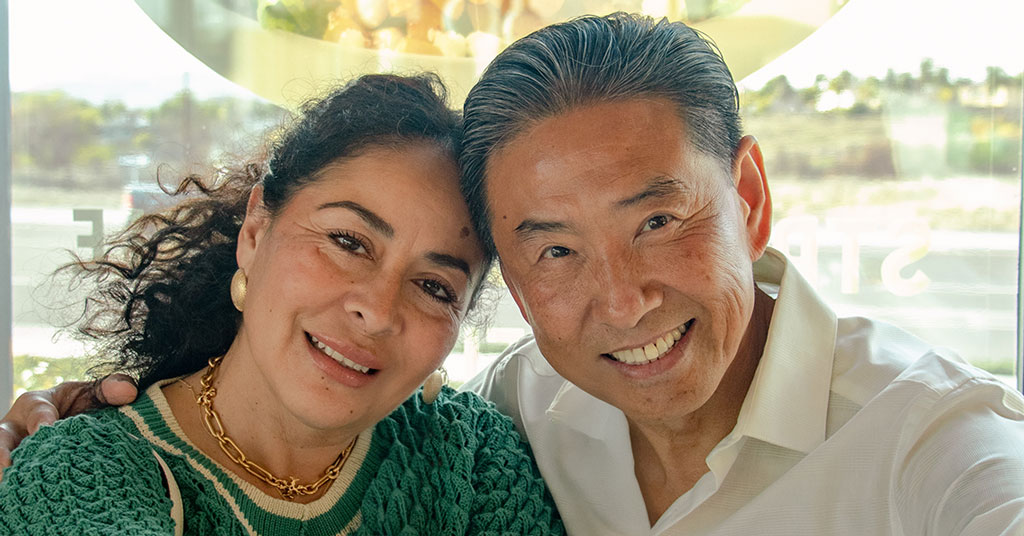The Three Biggest Mistakes That Doom International Franchise Expansion

Expanding a brand internationally is one of the most exciting and high-stakes moves a company can make. When done right, it opens the door to immense growth, new markets, and long-term meaningful results. However, the landscape is littered with examples of well-intentioned, but poorly executed, global expansion failures resulting in excruciating embarrassment to their customers, investors, and existing franchisees.
The reality is that international franchising isn’t just about copying and pasting what worked at home. It requires a deep understanding of new markets, strategic adaptation, and the right local operators.
Here are three critical factors that can determine whether your brand flourishes abroad or becomes a cautionary tale.
1. Choosing the wrong international franchisee
Your strong performance in a new market depends heavily on local expertise. No matter how well you understand your brand, you won’t have the nuanced cultural, operational, and regulatory knowledge that a strong local business leader does. This is why choosing the right master franchisee or area developer is critical.
The best local franchise operators aren’t just well-funded businesspeople looking to add another brand to their portfolio. They are knowledgeable and passionate about the concept, deeply engaged in its day-to-day business. They possess a vision of how to adapt it to their market without compromising its core identity and have the sheer willpower and grit to execute the plan. The right local operator will bring invaluable insights, navigate regulatory challenges, and establish credibility with local consumers far faster than you could alone.
2. Assuming what works here will work everywhere - Build a bridge to local acceptance
Great results and popularity in your home market don’t automatically mean strong performance abroad. Ask yourself: Is my concept universally appealing, or is it tied to a specific local market need? Has it been tested in multiple markets and location types to prove its adaptability?
Understanding a new market requires deep research. You need to analyze competitors, consumer behavior, pricing sensitivities and strategies, and even observe how your concept will fit into the lives of your consumers. This is where collaboration with your local franchisee is invaluable. You must also be willing to step outside your comfort zone and challenge assumptions about what will work.
A strict “copy-paste” approach doesn’t work in international franchising. I follow what I call the 70/30 rule: 70 percent of your brand standards should remain intact to preserve your identity, but 30 percent should be adaptable to fit local customs, expectations, and market conditions. If done right, these adjustments won’t feel like compromises, they’ll feel like seamless integrations that make your brand more relevant.
3. Not celebrating the local culture and exporting your sacred cows
One of the biggest mistakes brands make when expanding internationally is assuming that their home market traditions should automatically translate. Your brand may have non-negotiable elements that define its identity, but that doesn’t mean every detail is sacred.
Take seasonal menu items as an example. In the U.S., customers eagerly anticipate the return of Pumpkin Spice Lattes each fall. But in many Asian markets, pumpkin spice has no cultural significance. A more effective approach might be offering red bean or matcha-based seasonal drinks, flavors that evoke nostalgia and comfort for local consumers.
Every brand has elements that feel fundamental, but when expanding internationally, you have to ask yourself: Is this a core brand value, or just something we’ve always done? The key isn’t to abandon your identity but to be strategic about what truly defines your brand and what can and should be adapted. There may be elements that after much debate, you ultimately decide to keep as you enter new markets, but in this case, you are doing this with your eyes open.
When Club Pilates went to Japan, we saw that the existing Pilates offering was more of a private session/therapeutic and sterile experience, as opposed to the fun and engaging group fitness modality that made Club Pilates so popular. We leaned into sticking with the group fitness angle, as we felt the local consumer would enjoy the Club Pilates approach to Pilates, and it has been well received.
Going global isn’t about forcing a concept onto a new market, it’s about translating its best elements in a way that resonates locally. If you approach international franchising with the right mindset, the right local operators, and a willingness to adapt, your brand can thrive on a global scale. But if you enter new markets blindly and assume that what worked at home will work anywhere, you may find yourself learning these lessons the hard way.
The difference between strong international performance and failure isn’t luck, it’s strategy. Make sure yours is methodically planned and thought out before you take the leap.
Bob Kaufman is the president of international a Xponential Fitness.
Share this Feature
Recommended Reading:
| ADVERTISE | SPONSORED CONTENT |
FRANCHISE TOPICS
- Multi-Unit Franchising
- Get Started in Franchising
- Franchise Growth
- Franchise Operations
- Open New Units
- Franchise Leadership
- Franchise Marketing
- Technology
- Franchise Law
- Franchise Awards
- Franchise Rankings
- Franchise Trends
- Franchise Development
- Featured Franchise Stories
| ADVERTISE | SPONSORED CONTENT |

$20,000
$2,000,000





 The multi-unit franchise opportunities listed above are not related to or endorsed by Multi-Unit Franchisee or Franchise Update Media Group. We are not engaged in, supporting, or endorsing any specific franchise, business opportunity, company or individual. No statement in this site is to be construed as a recommendation. We encourage prospective franchise buyers to perform extensive due diligence when considering a franchise opportunity.
The multi-unit franchise opportunities listed above are not related to or endorsed by Multi-Unit Franchisee or Franchise Update Media Group. We are not engaged in, supporting, or endorsing any specific franchise, business opportunity, company or individual. No statement in this site is to be construed as a recommendation. We encourage prospective franchise buyers to perform extensive due diligence when considering a franchise opportunity.